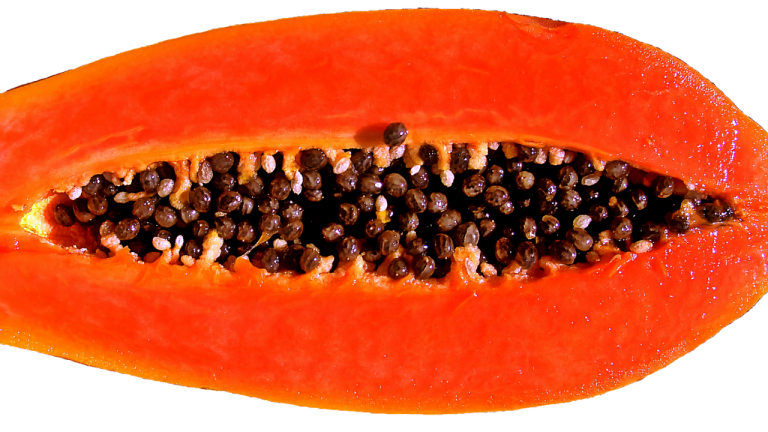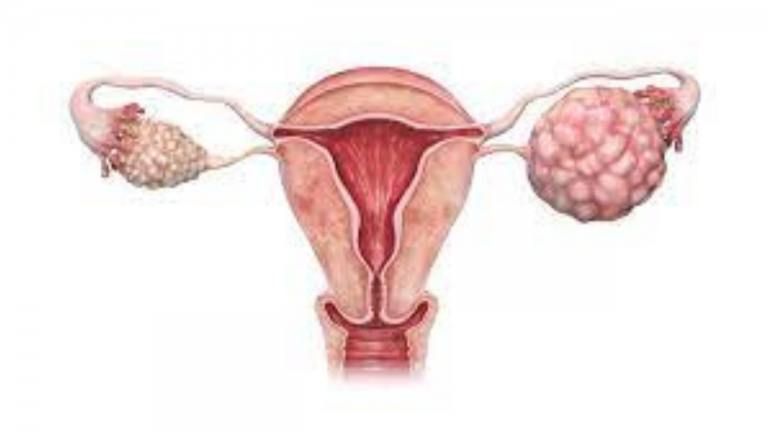Understanding Menstrual Cycle

Understanding the menstrual cycle is important for women’s health, as it plays a crucial role in reproductive and overall well-being. The menstrual cycle is a complex, regulated series of physiological events that occur in the female body, typically spanning about 28 days, although it can vary from woman to woman. Here’s a breakdown of the key stages and components of the menstrual cycle:
Menstruation (Days 1-5):
The menstrual cycle begins on the first day of menstruation (the period). During this phase, the uterine lining that is built up in the previous cycle to support a potential pregnancy is shed.
This shedding of the uterine lining leads to the release of blood and tissue through the vagina.
Menstruation typically lasts 3-7 days, although it can vary.
Follicular Phase (Days 1-13):
Concurrently with menstruation, the brain’s pituitary gland releases follicle-stimulating hormone (FSH), which stimulates the ovaries to produce small sacs called follicles.
One of these follicles will mature and develop into a dominant follicle, which contains an egg (oocyte).
As the follicle matures, it releases estrogen, which thickens the uterine lining in preparation for a potential pregnancy.
Ovulation (Day 14):
Ovulation is the release of a mature egg from the ovary into the fallopian tube.
This process is triggered by a surge in luteinizing hormone (LH) and is facilitated by the presence of high estrogen levels.
Ovulation typically occurs around the middle of the menstrual cycle.
Luteal Phase (Days 15-28):
After ovulation, the ruptured follicle transforms into a structure called the corpus luteum, which produces progesterone.
Progesterone helps maintain the uterine lining and prepares it for the possible implantation of a fertilized egg.
If fertilization does not occur, the corpus luteum breaks down, leading to a drop in progesterone and triggering the start of the next menstrual cycle.
If Fertilization Occurs (Days 15-28):
If an egg is fertilized by sperm in the fallopian tube, it forms a zygote and then an embryo.
The embryo travels to the uterus and implants into the thickened uterine lining.
The placenta begins to develop, producing hormones to maintain the pregnancy.
If Fertilization Does Not Occur (Days 15-28):
The corpus luteum degenerates, leading to a decrease in progesterone and estrogen levels.
The drop in hormone levels triggers the shedding of the uterine lining, starting a new menstrual cycle with menstruation.
It’s important to note that the menstrual cycle can vary in length, and not all women have a 28-day cycle. Some may have shorter or longer cycles. Irregularities in the menstrual cycle can be influenced by various factors, including stress, changes in weight, medical conditions (e.g., polycystic ovary syndrome), and more. Tracking the menstrual cycle can be helpful for understanding fertility, planning contraception, and identifying potential health issues.



